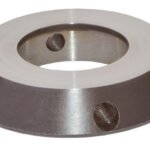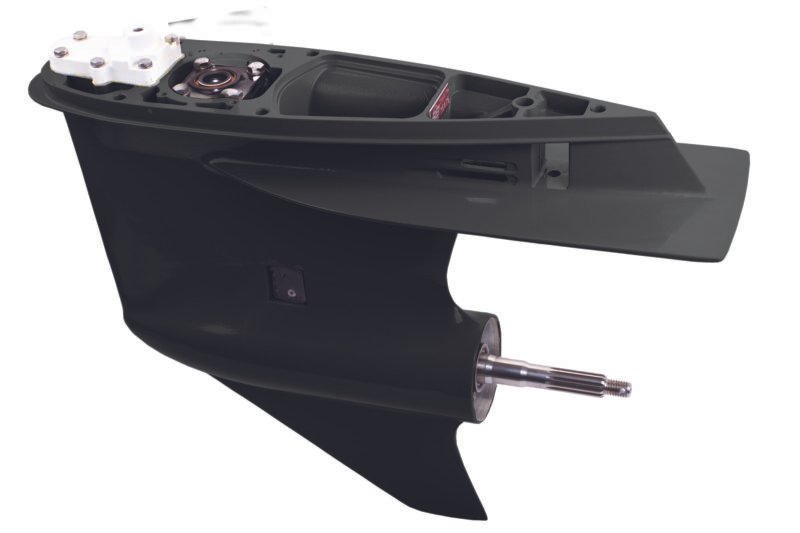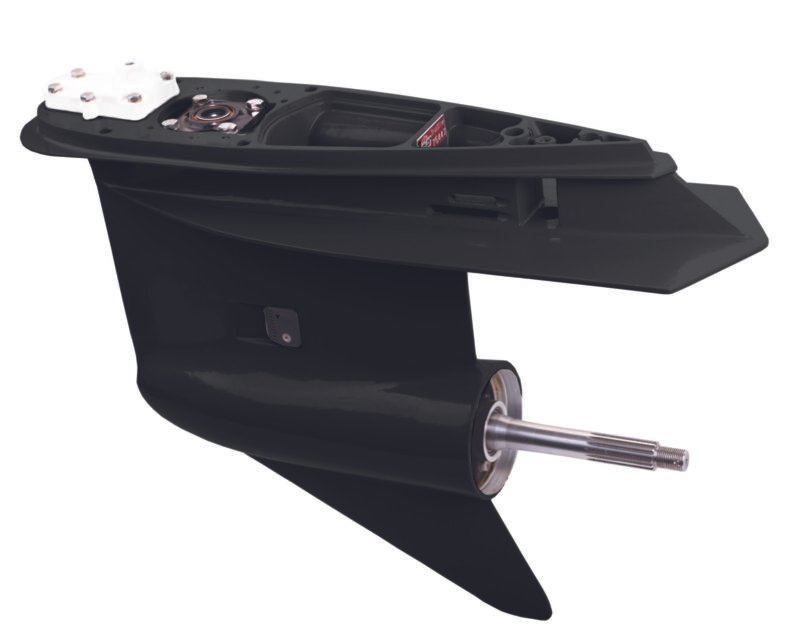
THRUST FLANGE
March 17, 2024
PIN, SHIFT LEVER
March 18, 2024
Description
- Fastening Components: Set screws are commonly used to fasten one component to another by applying pressure against the surface of the component being secured.
- No Nut Required: Unlike traditional screws that require a nut to secure them in place, set screws often feature a threaded shaft and a head designed for direct tightening against the surface of the object being fastened.
- Threaded Design: Set screws typically have a fully or partially threaded shaft, allowing them to be inserted into a pre-drilled hole or threaded receptacle in the mating component.
- Various Head Types: Set screws come with different types of heads, including socket head, slotted head, or hex head, to accommodate different types of tools for installation.
- Applications: They are commonly used in machinery, equipment, and devices where precise alignment or positioning is required, such as in gears, pulleys, shaft collars, and other mechanical assemblies.
- Adjustment and Alignment: Set screws are often used for adjustment or alignment purposes, allowing for fine-tuning or locking components into a specific position.
- Material Selection: Set screws are available in various materials, including steel, stainless steel, brass, and nylon, chosen based on the application requirements, such as strength, corrosion resistance, or non-marring properties.
- Secure Locking: When properly tightened, set screws create a secure locking mechanism that prevents the loosening or shifting of components during operation.
- Removal: Removal of set screws typically requires a corresponding tool, such as an Allen key or screwdriver, to loosen and extract them from the mating surface.




